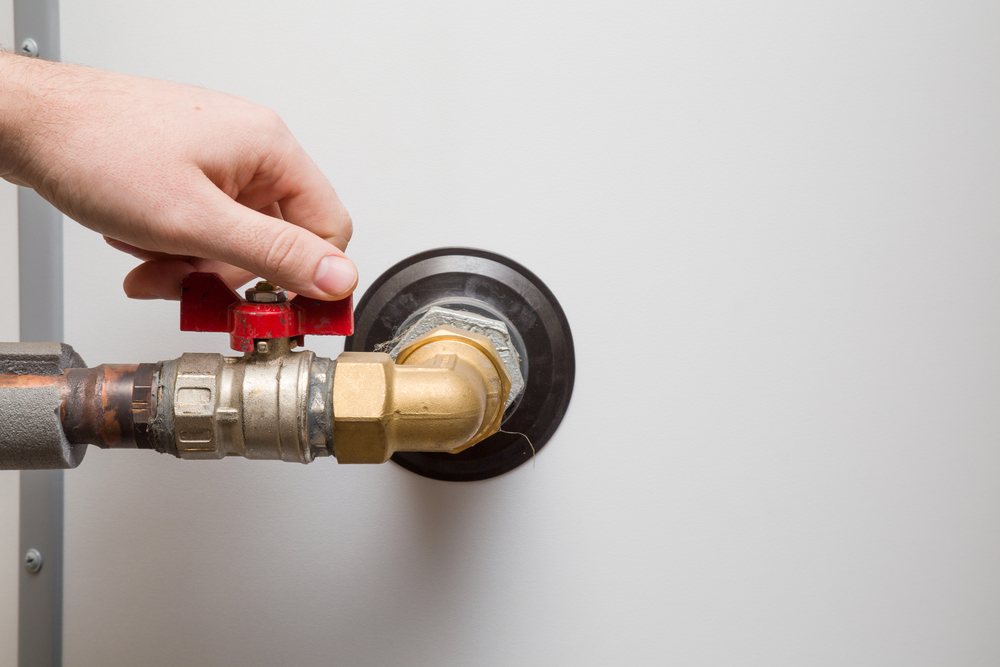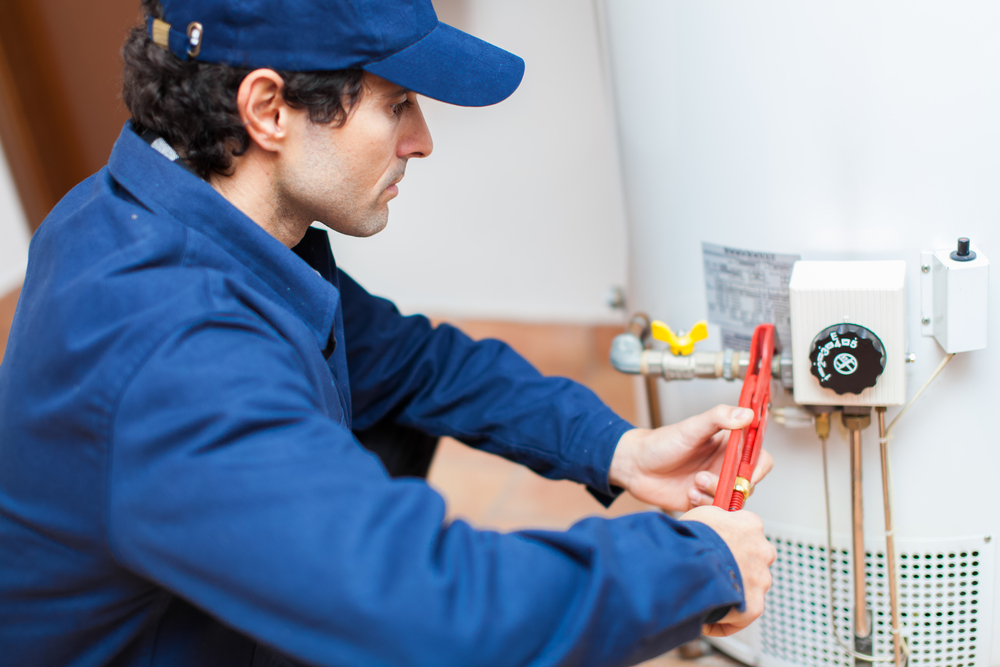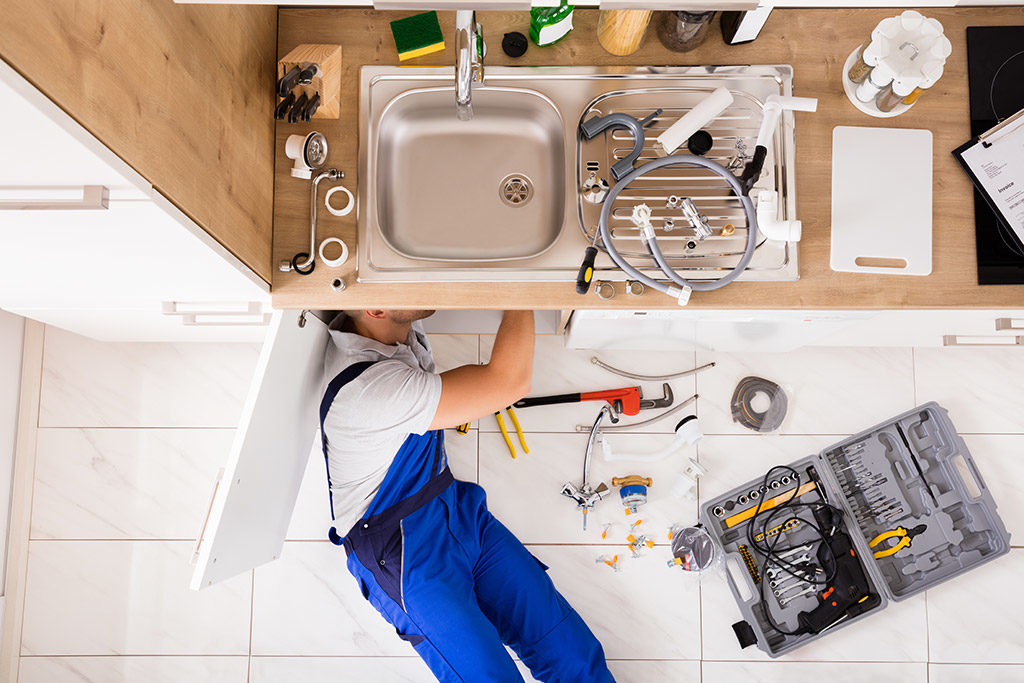
What to Have On Your 8 Step Water Heater Checklist
“8 Step Water Heater Checklist” – Your water heater is one of the most significant machines that needs careful attention. Especially during the cold months, having a working water heater can be especially useful in providing warm baths for your family, or warm water with which to do your washing. Servicing your water heater regularly is an important task for you to take if you want to keep it running perfectly fine. Not maintaining your water heater properly may cause sediments to accumulate at the bottom of your water heater tank, which can cause poor performance.
To ensure your family’s comfort, here is a maintenance checklist that you should follow in order to keep your water heater in tip-top shape:
1. Lower the Temperature
Your water heater comes with its factory pre-set thermostat. By lowering the temperature and adjusting its settings, you are helping to conserve energy consumption and prolong its lifespan. There are also good reasons why you should regularly check your thermostat and set it yourself:
- When water is above 120 degrees, it increases the buildup of sediments inside your water heater tank. If the temperature becomes higher, this may result in scalding, which can cause injury and accidents.
- When water temperature exceeds 120 degrees, it causes immoderate stand by heat loss and an increase in energy consumption. It is because a stand by the unit will habitually re-light the burner to resume its temperature based on the thermostat settings.
Lowering the temperature is also a helpful tip, especially during summertime, when you don’t need much warm water.
2. Switch It Off When Not in Use
Don’t forget to turn your water heater off whenever you are not using it. People oftentimes overlook this matter and leave their water heater switched on even when it is not being used. This is not a good routine to practice. Keeping your water heater on for an extended period can ruin and reduce the machine’s lifespan. If you only need a small amount of hot water, you can use a hot water dispenser instead. Besides, it can also increase the risk of gas leakage. You can Click here to learn more about the reasons for gas leakages from your water heater.

3. Check for Leaks
Check and look for signs of possible leakage on your water heater by inspecting the bottom, sides, top and anywhere possible.
- Check the Top
The top of your water heater is where the water enters and leaves the tank. Checking the tubes coming from the tank can tell you if there are any symptoms of leakage due to water pressure. The pipes entering are the most vulnerable and prone to leakage; thus, it is necessary to always check it regularly.
- Check the Bottom
The bottom where the drain valve is located is also another source of leakage. Check the bottom of your water heater to make sure if water is escaping from it. Sediment buildup is also one of the reasons why the bottom of the tank is also a vulnerable spot for a leak.
4. Check Your Pressure Relief Valve
Making sure to inspect and check your pressure relief valve will help you prevent future troubles. Lift the lever and let the water discharge to make sure that the flow of water is normal. Here are some indications to help you recognize if your pressure relief valve is going bad:
- Less water pressure
- No water pressure at all
- Too much water pressure
- Vibrating noises
5. Inspect Your Anode Rod
The anode rod is one of the most critical components of your water heater as it protects the water heater from rusting. Whenever the water heater tank is filled with water, the anode rod does electrolysis to protect the exposed steel of the water heater. An anode rod is made up of magnesium and aluminum materials, which makes it corrode in time.
To inspect whether your anode rod is rusting or not, here is the process:
- Turn off the power of your water heater
- Close the shut-off valve
- Open the pressure relief valve to release the water from the tank
If you see flakes of rust in the water, it means you need to replace your water heater.
6. Clear Your Water Heater Air Filter
The air filter traps dust and other forms of dirt that might contaminate your water heater system. All these specks of dust building up on your airflow makes your water heater less efficient. Here are simple ways to clean your water heater’s air filter:
- Turn the gas or pilot light off.
- Find the catch mechanism and remove the filter.
- Blow off the dust by using an air compressor, or you may spray water on it until all of the dust is removed.
- If you sprayed water on the filter, dry it up with a cloth.
- Put the filter back in its place.
7. Clean Your Water Heater Tank
This step is necessary to prevent sediment build-up in your water heater tank. Regularly flushing your water heater tank will also help you extend its lifespan and increase its operating efficiency. In cleaning your tank, you need to open the pressure relief valve and drain all the water in it. After releasing all the water, turn the cold water supply on and keep the water running until clear water flows.
8. Perform an Annual Check-up
Checking your water heater once a year will help you determine its current condition. After a year, most of the minerals and chemical residues can be found at the bottom of your tank. If this happens, it is advisable to drain your water and refill it. Getting rid of residues in your tank will help you prolong the lifespan of your water heater.
The Bottom Line
Maintaining your water heater regularly not only keeps your machine in good condition, but it will also save you time and money since you would not have to pay extra for repairs or a replacement. Make it a point to check your water heater so as not to experience any inconvenience, especially during the colder months of the year. Contact water heater repair Las Vegas should you need assistance in fixing your water heater in case you are experiencing some issues.
Author Bio
Edward Flanagan is the founder of Edward’s Enterprises, a handyman service & licensed general contractorthat has been improving homes and providing facilities maintenance in Southern California since 1996. Their plumbing services include water heater repairs and installations and garbage disposal replacements and repairs. Edward currently divides his time between Camarillo and Venice Beach, CA, and loves the 405.




